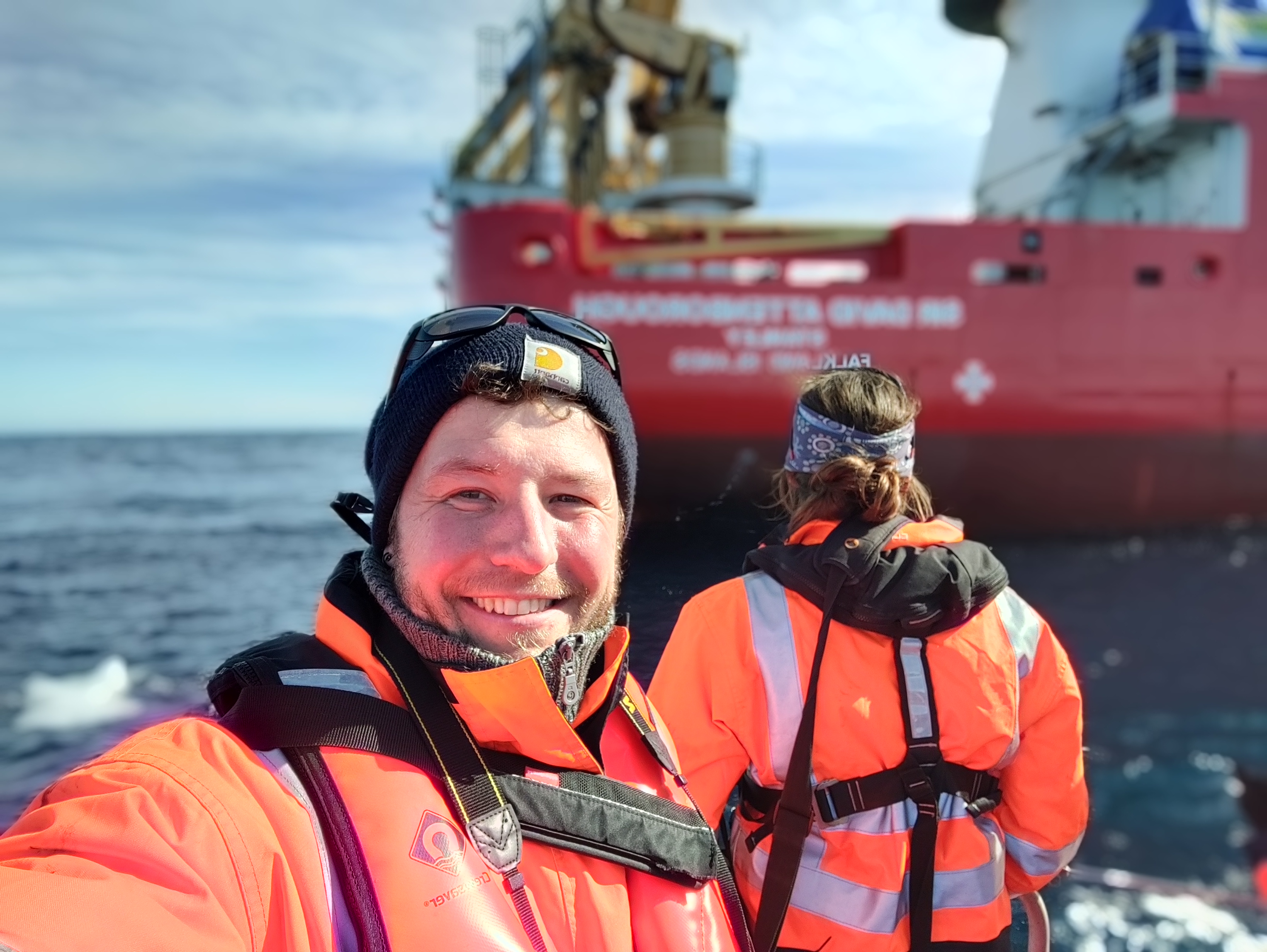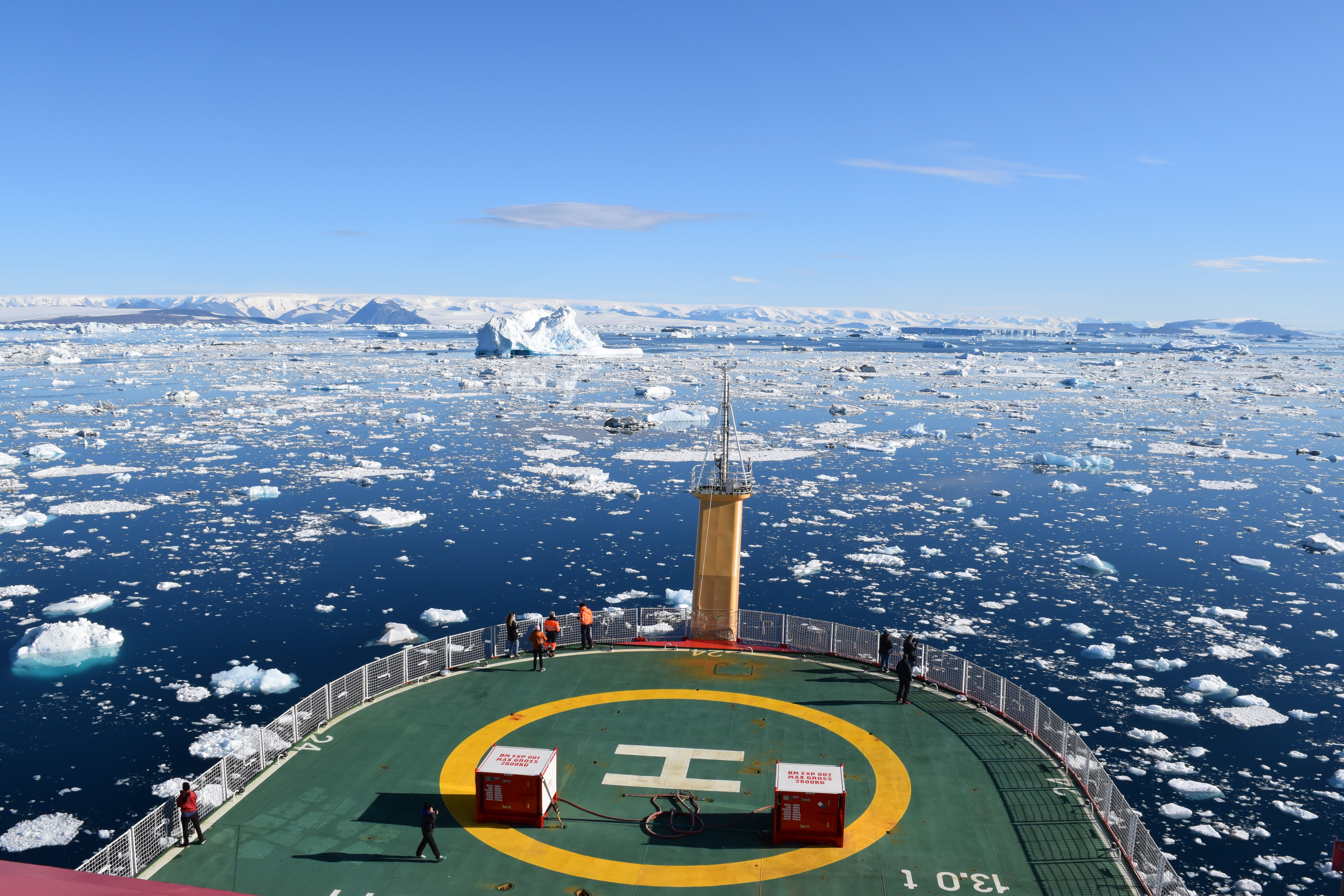


I am a marine ecologist, ocean-going modeler, science communicator and illustrator. My interests span evolution, global change ecology, biological oceanography, and sustainable fisheries. I specialize in pelagic ecology, with a focus on understanding the mechanisms underlying interactions between indidivuals or species and between organisms and their environment. My goal is to contribute to the fundamental understanding of marine ecosystems and increase our ability to predict their responses and dynamics to ultimately inform their sustainable management.



My work integrates theory and modeling with observations and field experiments. Over the past decade, light and vision as key drivers in marine ecology have been cross-cutting themes in my research. I am particularly fascinated by high-latitude polar ecosystems, drawn to their extreme seasonality, and life inhabiting the perpetual twilight of the mesopelagic zone.
State-of-the-art correlative species distribution models predict the poleward expansion of boreal species into high-latitude environments based on environmental conditions but often overlook the light environment. In contrast, our mechanistic models, which account for temperature-dependent bioenergetics and light-driven encounters, reveal that seasonal light environments act as a barrier, preventing key species groups from colonizing high-latitude oceans despite climate change.
Most studies focus on light as a bottom-up driver of primary production; my work emphasizes its top-down control. Many predators, including birds, fish, squid, seals, whales, and some invertebrates, rely on vision to locate their prey. These visual predator-prey dynamics critically shape the vertical distribution, migration behaviors, and life-history strategies of marine life. When this perspective is considered, it often prompts a new and deeper understanding of marine ecological processes.
Arctic sea-ice loss is rapidly transforming the entire ecosystem. Less ice means reduced shading and increased light, boosting the foraging efficiency of planktivorous fish. Arctic copepods, being particularly large, are at greater risk due to their visibility to predators, which could lead to a community-wide shift toward smaller, less fat individuals or species, potentially causing ripple effects throughout the Arctic food web.
Almost all biological observations made at sea during the night occur within an artificial light beam. Our work, including a manuscript in progress, shows that normal ship lights can cause both attraction and avoidance behaviors, significantly impacting the community composition, behaviors, and vertical distribution of pelagic organisms. This highlights the challenge of obtaining unbiased data from hull-mounted acoustics, vertical net hauls, or in-situ observations using optical instruments that depend on external light sources.
My work encompasses both numerical modelling as well as observational and experimental field studies. Most recently, we uncovered that the rapid decline of blue mussels along the Norwegian coast cannot be attributed to climate change but is more likely a conservation success. This is due to populations of predatory drilling snails recovering from pollution-induced sterility, which has now been washed out of the system.



Office:
3G19
Thormøhlensgate 53B
3rd floor
Postal Address:
Department of Biological Sciences
University of Bergen
P.O. Box 7803
N-5020 Bergen
Norway